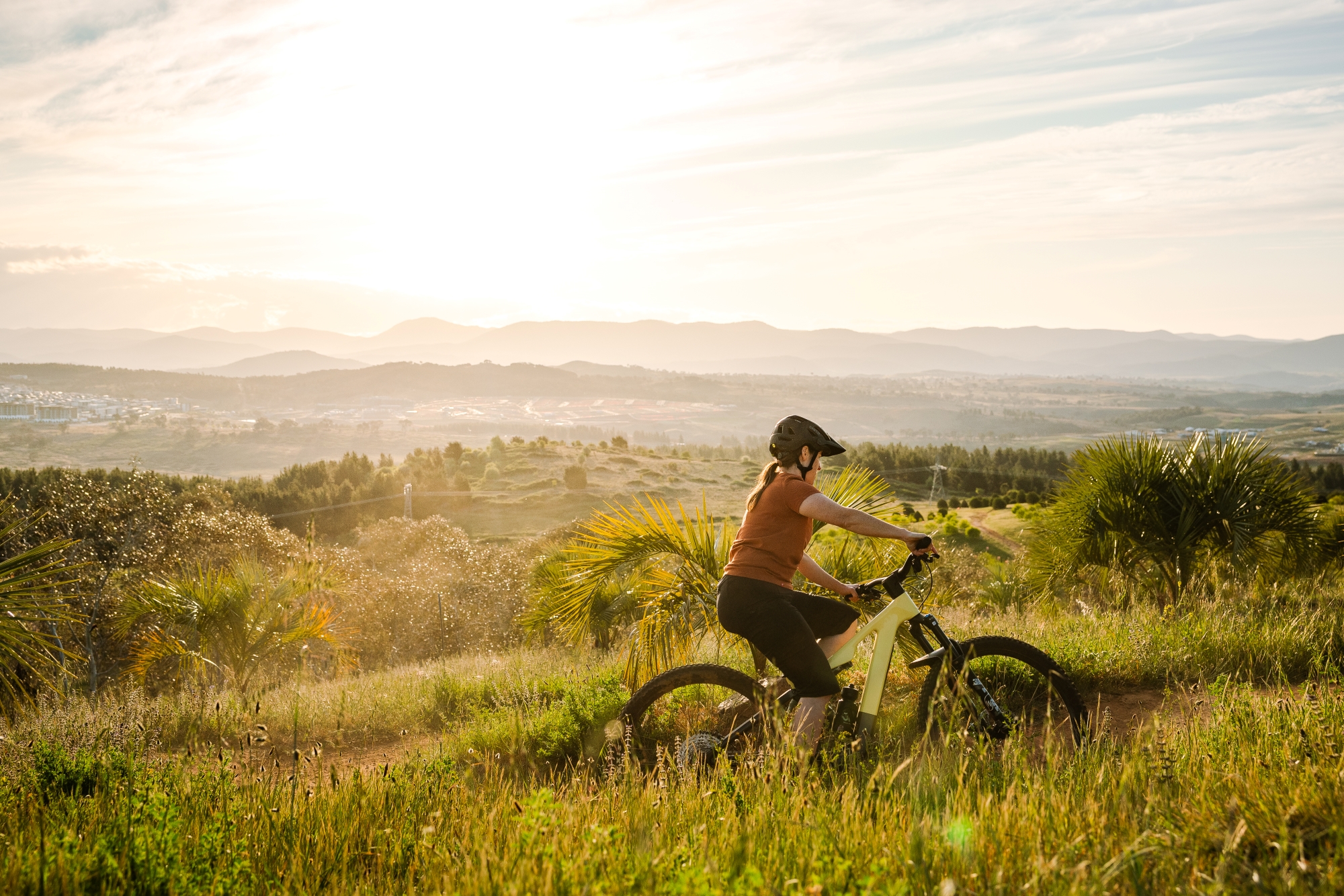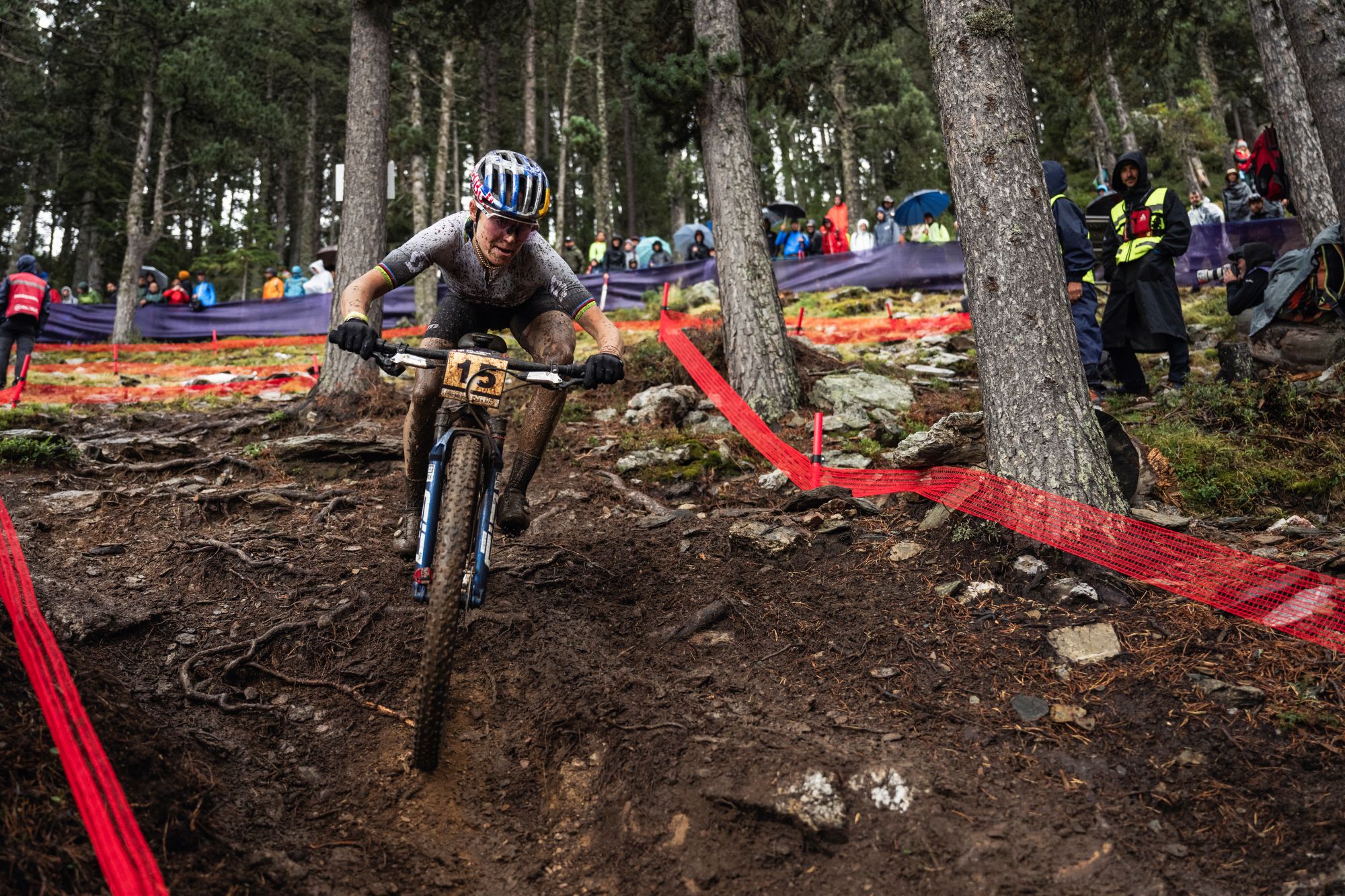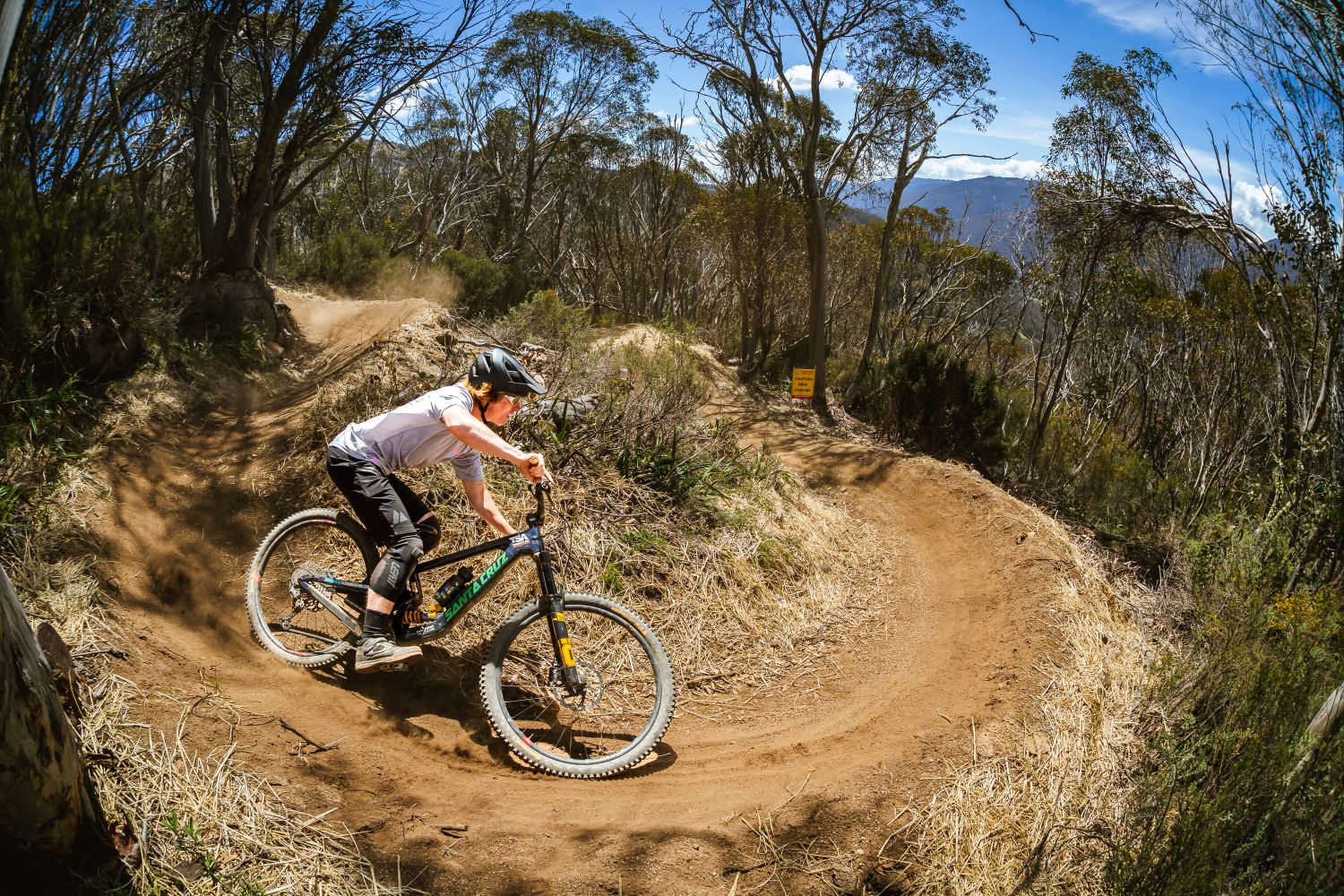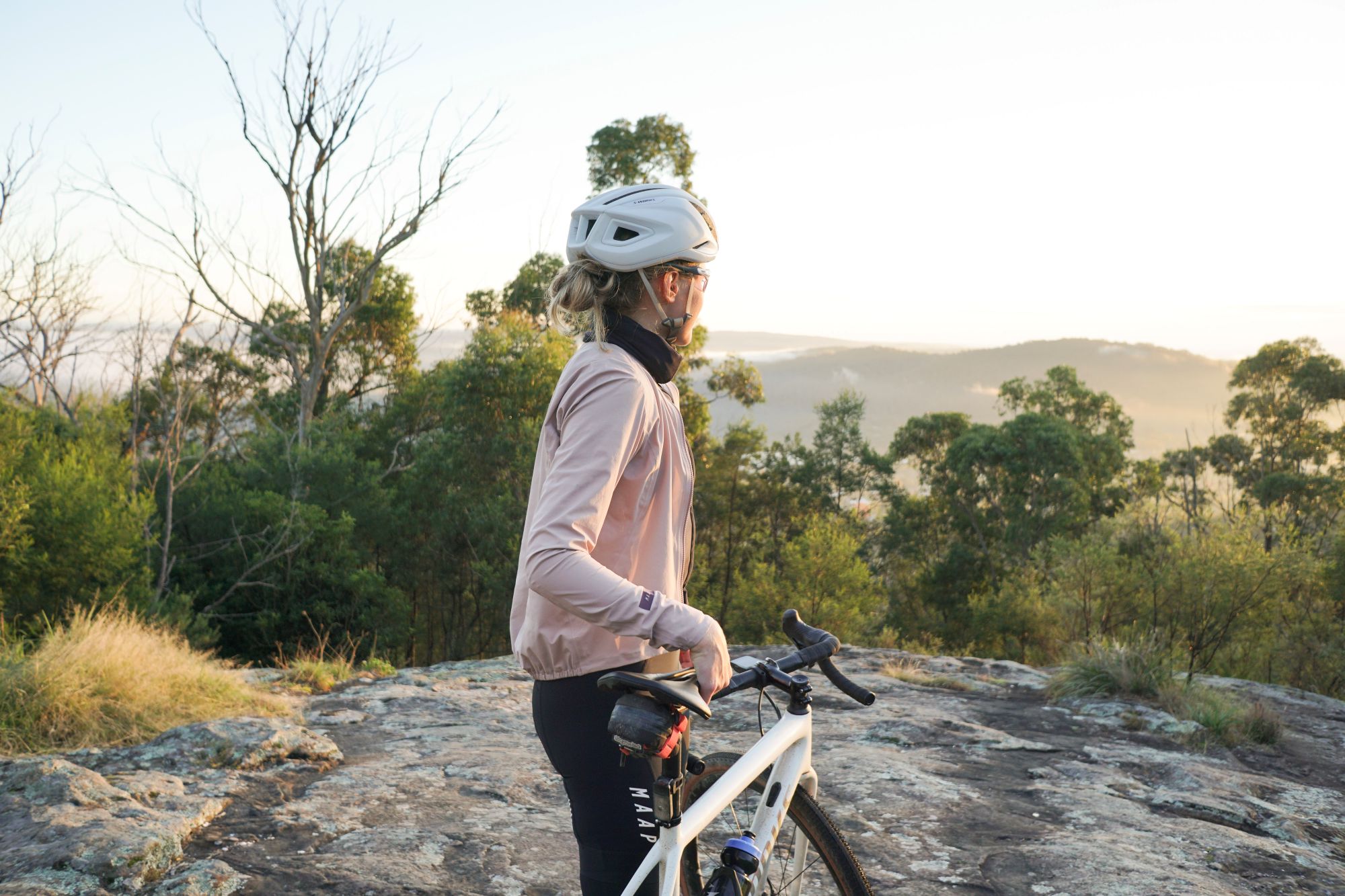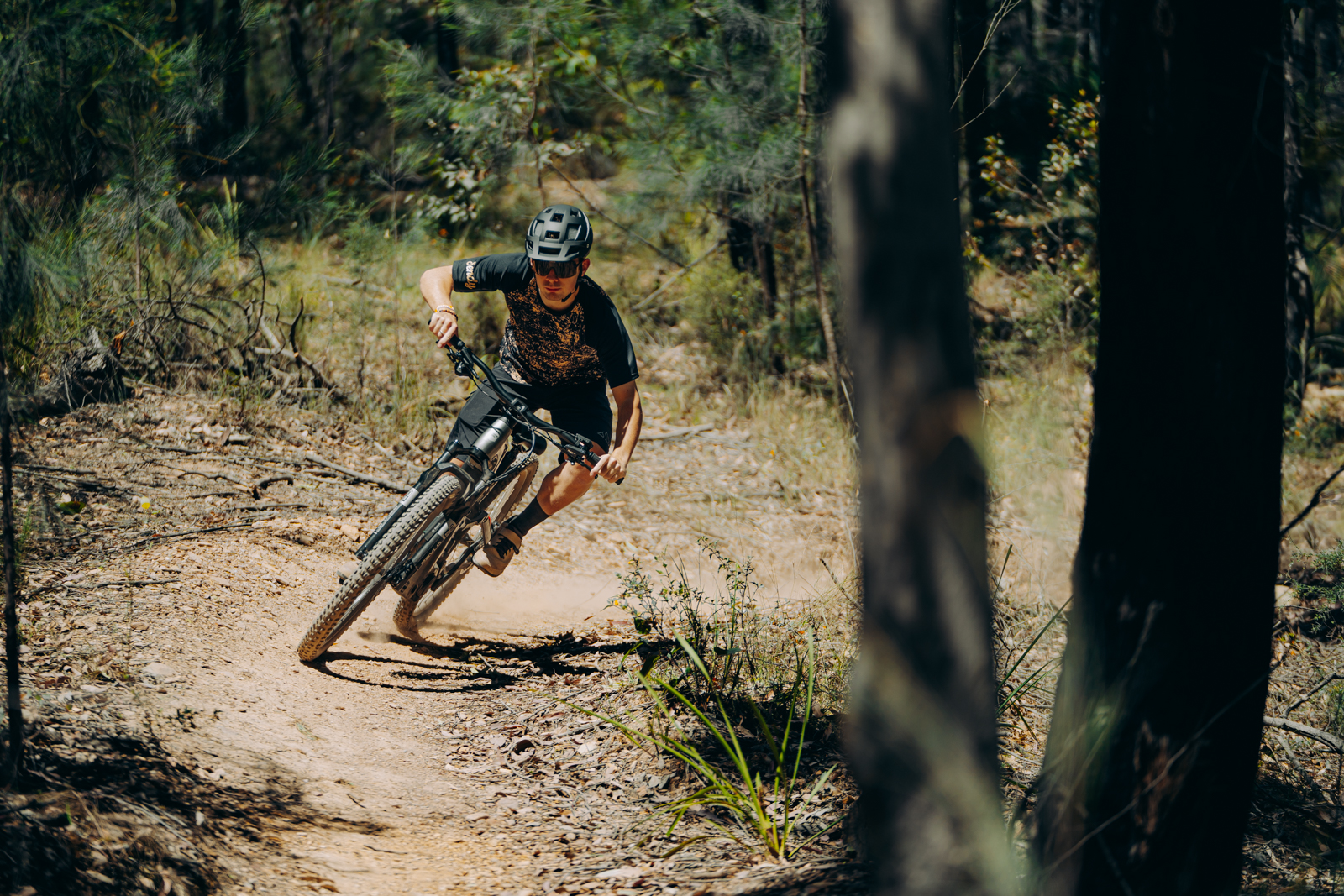Words: Zoe Wilson Photos: Robert Conroy
Most of us tend to know the basics of what makes up a healthy diet, but when it comes to sports nutrition, there are some things you might never have heard of – until you get way down that Google results list. Here are seven surprising nutrition facts related to riding you probably didn’t know.
Hunger games
Hunger varies daily. You might have noticed that the few days after a really big ride, you’re eating yourself out of house and home, whereas on the actual day of your big ride you could barely finish your lunch afterwards. Hunger is often suppressed after a hard session, most likely due to the redistribution of blood flow to the extremities and away from your gut.
Give your body time to sort itself out, though, and you’ll find you have an increased appetite for one or two days as it tries to catch up on the calories you burnt during your hard day in the saddle. What does this mean for you? Eating to appetite, rather than out of habit, is a good way to go. Don’t beat yourself up if there are days you eat more, but also try not to eat too often when you’re not hungry, especially if you are trying to keep your weight down.
The stinky side of sweat
We’re all aware of the sweating we do during a ride. It’s why you should always carry a bottle and drink during sessions. However, did you know that you keep losing fluids through sweating (and urine) after you finish your ride? This means you often need to drink more than you think. The really stinky bit? You need to drink 125-150% the amount of fluid you lost during your ride in the four to six hours afterwards. This means that if you weighed yourself before and after a hard hour on the bike and lost 1kg, you need to drink 1.25-1.5L of fluid to properly rehydrate.
Primary school maths is important
Ratios are mathematical concepts that we often don’t think about after we leave school. But ratios are really important if you want optimum performance during a ride and in the recovery phase afterwards. During a hard ride or race, to minimise stomach discomfort and increase the speed of absorption of sugar for fuel, you want to choose a sports drink or gel with a ratio of 2:1 glucose to fructose (eg two grams of glucose for every gram of fructose).
Here’s another one for you… In the hour post-training, you want to eat carbs and protein in a ratio of 2-4:1 (eg 2-4g of carbs for every gram of protein). This seems to lead to the fastest refuelling of your muscles energy stores as well as providing the right amount of protein for muscle repair, meaning you’ll pull up better the next day. Fun fact of the day: the ratio of carbs and protein in chocolate milk is 2:1 and why it’s been touted as one of the best recovery drinks!
Consider antioxidants to be like the cleaners of your body. Antioxidants are important for mopping up free-radicals which damage cells. It’s for this reason foods full of antioxidants are sold as “youth-boosting” or “super foods”. You know the ones – blueberries, goji berries, dark chocolate….
But, did you know that antioxidants should also be considered an essential part of your post-exercise recovery? Antioxidants have been shown to speed up the recovery process and reduce muscle soreness after a hard session. More importantly, research has shown the best results come from using antioxidant-rich whole foods, rather than supplements. Blueberry and dark chocolate recovery smoothie anyone?
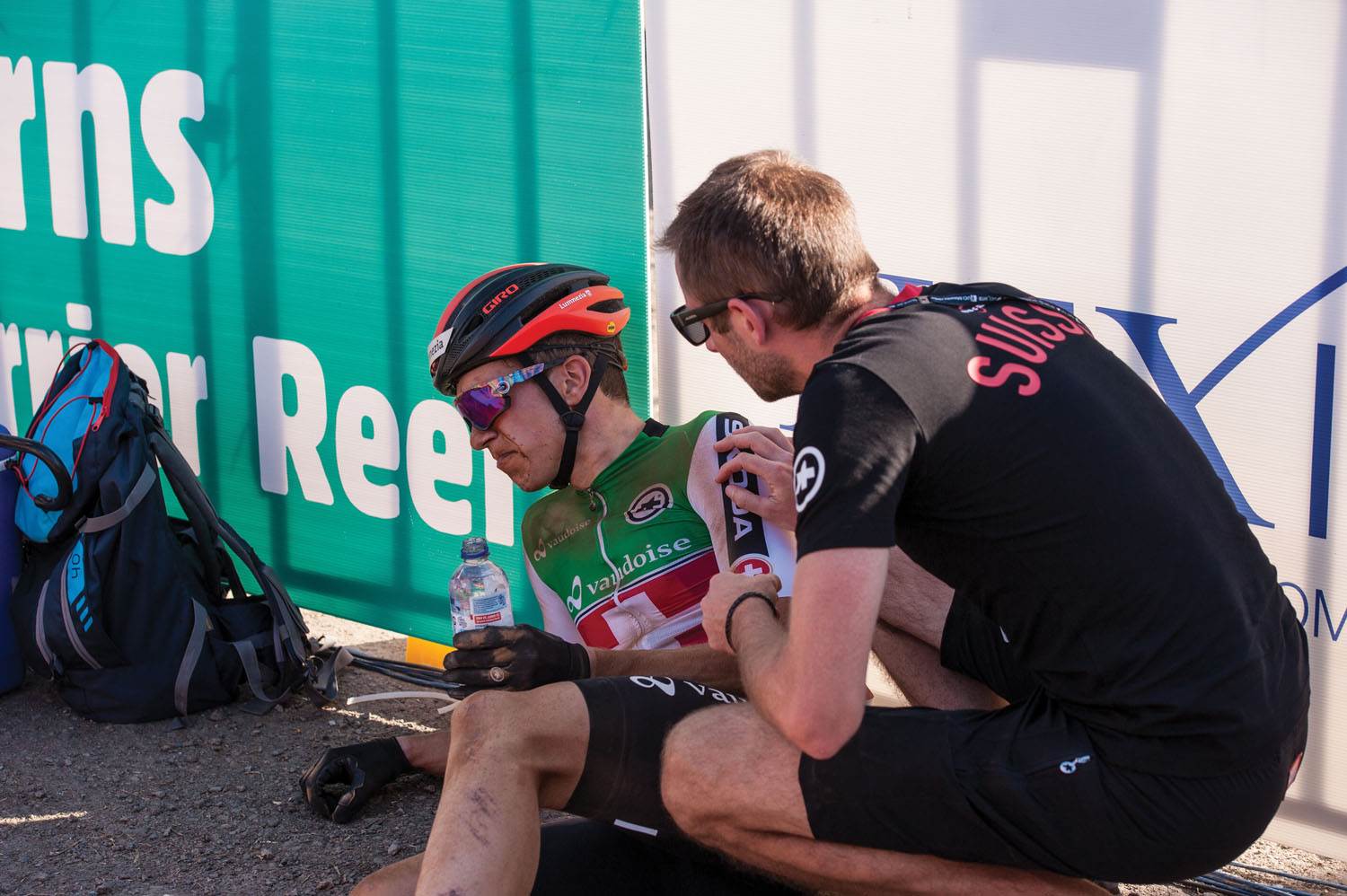
The performance enhancing drug you can buy at the café
Caffeine has consistently been proven to improve performance with some studies showing an improvement by up to three per cent in the lab. It is thought caffeine alters our perception of how hard we’re working, so we can pedal harder for longer when we take caffeine compared to when we don’t.
The recommended dosage for performance improvement is usually 1-3mg caffeine per kilogram of body weight (e.g. 70-210mg for a 70kg rider). Be careful you don’t overdo it though; taking more won’t offer an extra benefit and may lead to negative side effects like shakiness, increased heart rate or gut trouble.
Sports drink: a marketing gimmick?
Not necessarily… Drinking fluids with high sugar content like fruit juice, energy drinks or soft drink (usually around 10% carbohydrate) during a ride can cause diarrhoea and cramping as they draw extra water into the gut. Sports drinks on the other hand are usually made with 4-8% carbohydrate and contain electrolytes that help with absorption into the body. This means you have less liquid sloshing around in your gut, leaving you feeling less in need of a Portaloo on route!
Your dentist is probably crying…
All this talk of sports food and drink leads to your dentist’s door. Regularly using sugary food and drink on the bike for fuel can increase your risk of cavities. It’s not just the sugar – the acidity of sports foods and the fact that you have less saliva (due to all the huffing and puffing), leads to the perfect environment for tooth erosion.
Instead? If you use sports food and drink, sip water between mouthfuls of sports drinks and after you’ve had a gel, and try to rehydrate as quickly as possible so you have lots of saliva to help reduce the bacteria in your mouth. Most importantly, make sure you see your dentist regularly.

